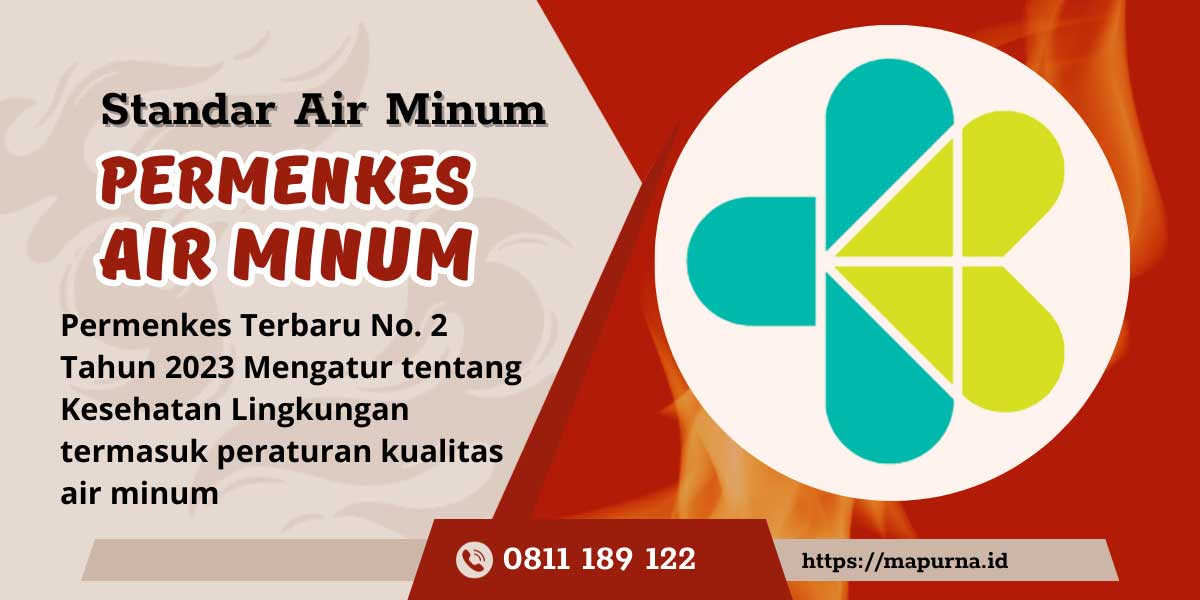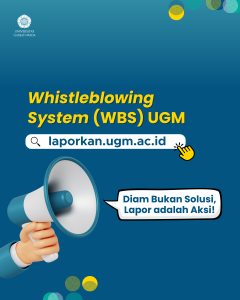Drinking water quality standards are established criteria designed to ensure the safety of water for human consumption. These standards encompass various physical, chemical, biological, and radioactive parameters to prevent adverse health effects. The implementation of water quality standards is key to achieving the Sustainable Development Goals (SDGs), particularly Goal 6: Clean Water and Sanitation.
Key Parameters:
Physical Parameters: Evaluating Appearance and Comfort
Drinking water must be clear, free from turbidity, and without any unusual taste or odor. Turbidity indicates the presence of suspended particles, such as silt, which can degrade water quality. Additionally, water temperature should be within a normal range, ensuring it is comfortable for consumption.
Chemical Parameters: Eliminating Harmful Substances
Chemical aspects include regulating water pH, which should ideally be between 6.5 and 8.5. Water with a neutral to slightly alkaline pH is not only safe but also helps prevent corrosion in pipeline infrastructure. Moreover, the concentration of heavy metals like lead (maximum 0.01 mg/L) and hazardous chemicals such as pesticides must remain below the established limits. Excessive levels of these substances can lead to chronic diseases, including cancer and neurological disorders.
Biological Parameters: Protecting Against Harmful Microorganisms
Drinking water must be free from pathogenic bacteria such as Escherichia coli, Salmonella, as well as viruses and protozoa that can cause severe illnesses, including hepatitis and diarrhea. Biological parameters are especially crucial in regions with limited access to clean water to prevent the spread of waterborne diseases.
Radioactive Parameters: Preventing Long-Term Risks
Contamination by radioactive materials such as radon or uranium is a significant concern, as prolonged exposure can increase the risk of cancer. Although rare, regular monitoring remains essential to ensure safety.
National Regulations and the Relevance of SDGs
In Indonesia, drinking water quality standards are regulated under the Ministry of Health Regulation No. 492/Menkes/Per/IV/2010. This regulation provides strict guidelines on the permissible limits of various contaminants in drinking water. Beyond protecting public health, the enforcement of these standards also supports environmental sustainability by promoting efficient water resource management.
***
Thus, drinking water quality standards directly contribute to achieving SDG 6: Clean Water and Sanitation. Furthermore, they align with SDG 3 (Good Health and Well-being), SDG 11 (Sustainable Cities and Communities), and SDG 13 (Climate Action) by promoting better water management practices.
Implementing drinking water quality standards is not just about health—it is a long-term investment in both society and the environment. By adhering to established standards, water resources can be preserved for future generations.
Authors: Buana Yaksa & Pram



